The Biological Basis of Learning and Memory
Introduction
The biological basis of learning and memory refers to the biological processes that facilitate the acquisition, storage, and retrieval of information. This field of study is a subset of neuroscience and psychology, and it encompasses various aspects of molecular biology, genetics, and biochemistry.

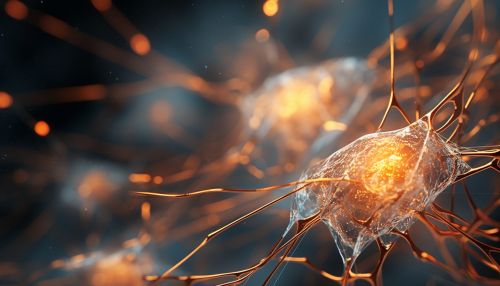
Neural Plasticity
Neural plasticity, also known as neuroplasticity, is a fundamental concept in understanding the biological basis of learning and memory. It refers to the ability of the nervous system to change its structure and function in response to experience or damage. This plasticity is believed to underlie processes of learning and memory.
Synaptic Plasticity
A key aspect of neural plasticity is synaptic plasticity, which involves changes in the strength of connections, or synapses, between neurons. This can occur through a variety of mechanisms, including long-term potentiation (LTP) and long-term depression (LTD).
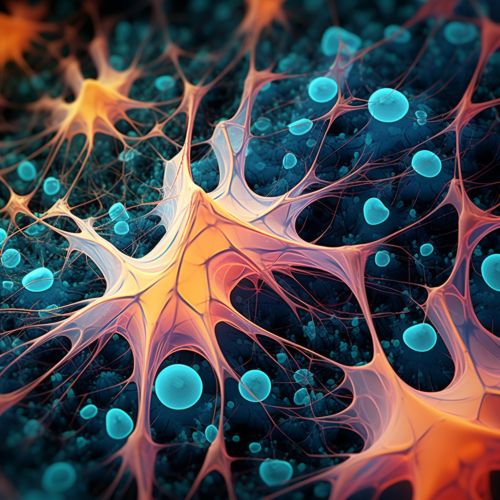
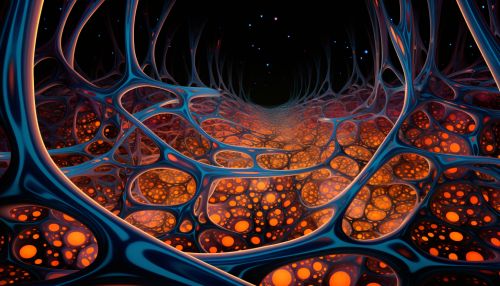
LTP is a process where repeated activation of a synapse leads to a long-lasting increase in its strength. This is thought to be a major mechanism by which memories are stored in the brain. On the other hand, LTD is a process where less frequent activation of a synapse leads to a long-lasting decrease in its strength. This is thought to be important for forgetting and synaptic pruning.
Structural Plasticity
In addition to synaptic plasticity, structural plasticity also plays a significant role in learning and memory. This involves changes in the physical structure of neurons, such as the growth of new dendrites or the formation of new synapses.
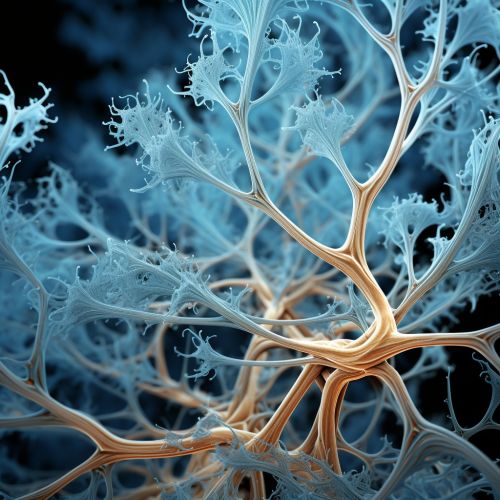

One form of structural plasticity is neurogenesis, the process of generating new neurons. This occurs throughout life in certain areas of the brain, such as the hippocampus, which is involved in memory formation.
Molecular Mechanisms of Memory Storage
At the molecular level, memory storage involves changes in gene expression and protein synthesis. This is facilitated by various signaling pathways, such as the cAMP response element-binding protein (CREB) pathway.


The CREB pathway is activated during learning and leads to the expression of genes that are necessary for long-term memory formation. This includes genes that code for proteins involved in synaptic plasticity, such as those that increase the number of synaptic receptors or enhance synaptic transmission.
Genetic Influences on Learning and Memory
Genetics also plays a role in learning and memory, with certain genes being associated with memory performance. For example, the Apolipoprotein E (ApoE) gene has been linked to memory function, with certain variants of the gene being associated with a higher risk of developing Alzheimer's disease, a condition characterized by memory loss.
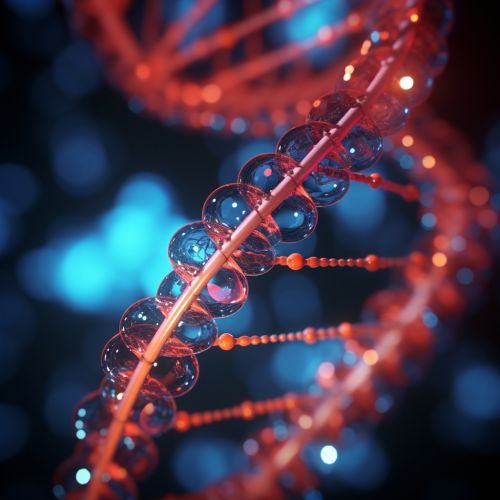

In addition to single genes, complex genetic networks also influence learning and memory. These networks involve interactions between multiple genes and their products, which can modulate various aspects of memory function.
Conclusion
The biological basis of learning and memory is a complex and multifaceted field of study. It involves various biological processes, from changes in neural connections and structures, to alterations in gene expression and protein synthesis. Understanding these processes can provide insights into how we learn and remember, and may also lead to new treatments for disorders of learning and memory.
